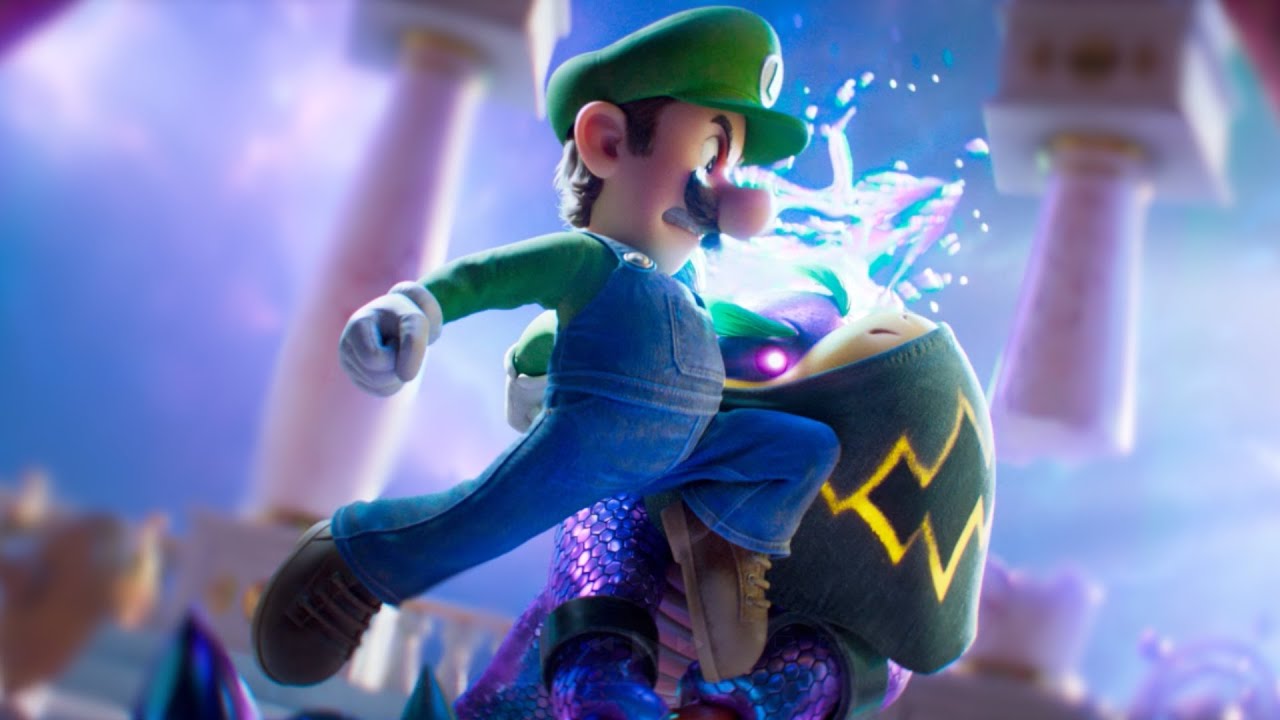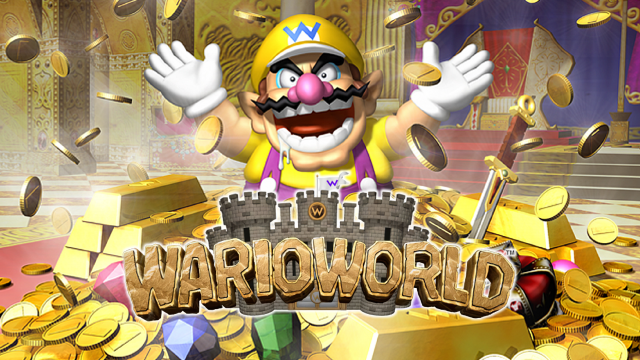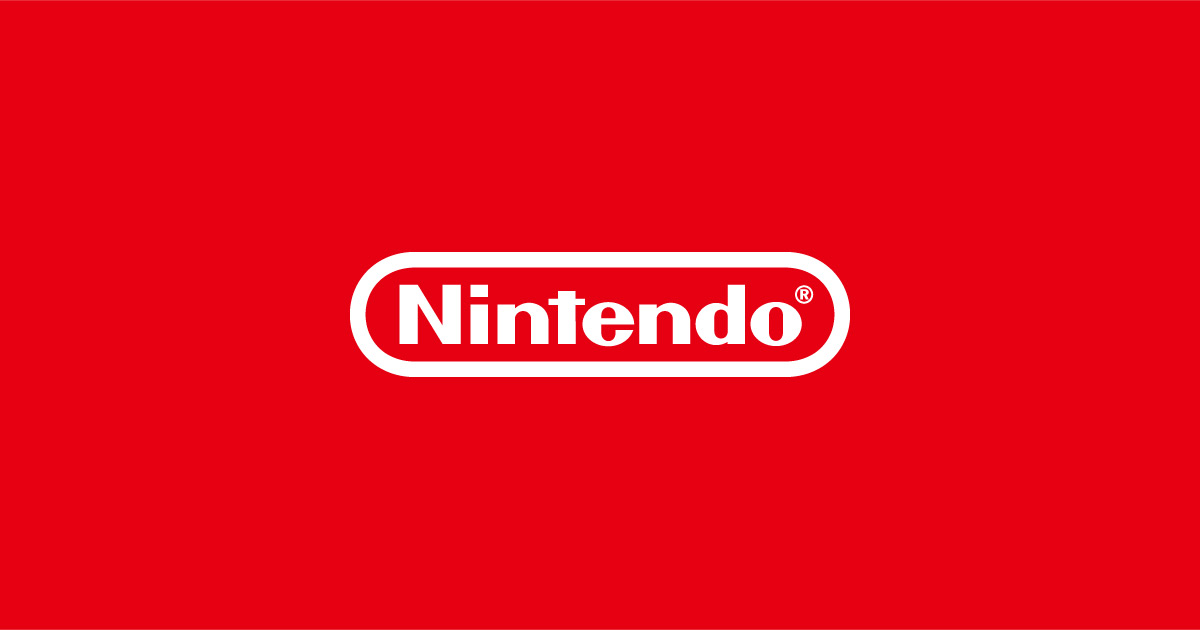The Origin of Princess Peach’s Name: How Localization Shaped a Nintendo Icon
For decades, the princess of the Mushroom Kingdom has delighted fans as Mario’s stalwart companion in Nintendo’s iconic franchise.
However, many may not realize that Princess Peach, as she is known globally today, had a different identity for much of her early Western history.
This blend of tradition, localization, and adaptation offers a compelling look into how Nintendo and its teams have worked to introduce Japanese game characters to audiences worldwide, culminating in a pivotal moment with the release of Super Mario 64 for the Nintendo 64. When Nintendo first brought its breakthrough game, Super Mario Bros., to North America in the 1980s, the company entrusted the naming of its characters to an advertising agency tasked with adapting the game manuals.
This agency diverged from the original Japanese names, opting to rebrand the princess as 'Princess Toadstool' rather than retain her Japanese title, 'Peach.' As a result, the name Princess Toadstool appeared throughout Western media, from instruction manuals to animated TV adaptations like The Super Mario Bros.
Super Show! Yoshi's Safari was a rare exception, referencing her original Japanese name. This localization choice persisted for years, leaving even Mario’s creator, Shigeru Miyamoto, puzzled about the apparent preference for ‘Toadstool’ among Western players.
"One thing I found amusing is that, in the early days, communication between the Japanese development teams and the U.S.
marketing teams was limited," recounted Leslie Swan, voice of Princess Peach in Super Mario 64 and a key figure in the game’s English localization, during a recent interview with Time Extension.
Swan explained, "When I was working on the localization for Super Mario 64, Mr.
Miyamoto would review changes with me and a translator, and he once asked, 'Is Peach a bad name?' I told him it wasn’t, but explained that in the U.S.
she was called Princess Toadstool.
Miyamoto said he really liked the name Peach.
To bridge the gap, I suggested, ‘Why don’t we call her Princess Peach Toadstool?’ Then, informally, she could just be called Peach." This insight directly influenced Super Mario 64’s memorable opening sequence on the Nintendo 64.
The letter to Mario, featured at the start of the game, is formally signed as Princess Toadstool but features 'Peach' handwritten above it—a deliberate nod to her evolving identity.
Swan noted that this was her way of gently introducing Peach’s true name to Western fans. Following Super Mario 64’s 1996 launch, Nintendo of America continued referring to the character as Princess Peach, sometimes using Toadstool as a surname.
This intentional shift helped streamline the global identity of one of Nintendo’s most beloved characters, ensuring consistency across subsequent titles—whether on the Nintendo Switch or via the eShop.
It also reflected a maturing localization strategy that prioritized both authenticity and familiarity for international audiences. Today, Princess Peach stands as a testament to Nintendo’s creative adaptability and Leslie Swan’s thoughtful approach to translation.
Her story, spanning platforms and generations, highlights how much care goes into even the smallest details behind the world’s most cherished games.
However, many may not realize that Princess Peach, as she is known globally today, had a different identity for much of her early Western history.
This blend of tradition, localization, and adaptation offers a compelling look into how Nintendo and its teams have worked to introduce Japanese game characters to audiences worldwide, culminating in a pivotal moment with the release of Super Mario 64 for the Nintendo 64. When Nintendo first brought its breakthrough game, Super Mario Bros., to North America in the 1980s, the company entrusted the naming of its characters to an advertising agency tasked with adapting the game manuals.
This agency diverged from the original Japanese names, opting to rebrand the princess as 'Princess Toadstool' rather than retain her Japanese title, 'Peach.' As a result, the name Princess Toadstool appeared throughout Western media, from instruction manuals to animated TV adaptations like The Super Mario Bros.
Super Show! Yoshi's Safari was a rare exception, referencing her original Japanese name. This localization choice persisted for years, leaving even Mario’s creator, Shigeru Miyamoto, puzzled about the apparent preference for ‘Toadstool’ among Western players.
"One thing I found amusing is that, in the early days, communication between the Japanese development teams and the U.S.
marketing teams was limited," recounted Leslie Swan, voice of Princess Peach in Super Mario 64 and a key figure in the game’s English localization, during a recent interview with Time Extension.
Swan explained, "When I was working on the localization for Super Mario 64, Mr.
Miyamoto would review changes with me and a translator, and he once asked, 'Is Peach a bad name?' I told him it wasn’t, but explained that in the U.S.
she was called Princess Toadstool.
Miyamoto said he really liked the name Peach.
To bridge the gap, I suggested, ‘Why don’t we call her Princess Peach Toadstool?’ Then, informally, she could just be called Peach." This insight directly influenced Super Mario 64’s memorable opening sequence on the Nintendo 64.
The letter to Mario, featured at the start of the game, is formally signed as Princess Toadstool but features 'Peach' handwritten above it—a deliberate nod to her evolving identity.
Swan noted that this was her way of gently introducing Peach’s true name to Western fans. Following Super Mario 64’s 1996 launch, Nintendo of America continued referring to the character as Princess Peach, sometimes using Toadstool as a surname.
This intentional shift helped streamline the global identity of one of Nintendo’s most beloved characters, ensuring consistency across subsequent titles—whether on the Nintendo Switch or via the eShop.
It also reflected a maturing localization strategy that prioritized both authenticity and familiarity for international audiences. Today, Princess Peach stands as a testament to Nintendo’s creative adaptability and Leslie Swan’s thoughtful approach to translation.
Her story, spanning platforms and generations, highlights how much care goes into even the smallest details behind the world’s most cherished games.






